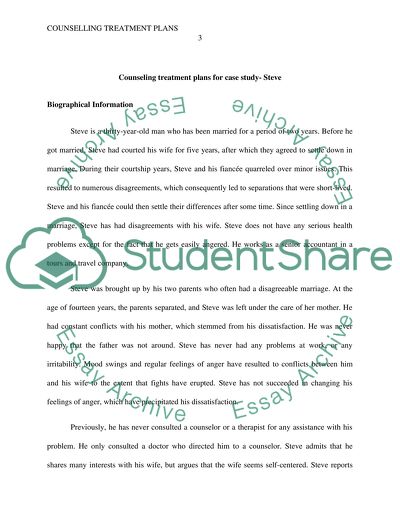Cite this document
(“Counselling treatment plans for case study- Steve Essay”, n.d.)
Retrieved from https://studentshare.org/psychology/1397277-counselling-treatment-plans-for-case-study-steve
Retrieved from https://studentshare.org/psychology/1397277-counselling-treatment-plans-for-case-study-steve
(Counselling Treatment Plans for Case Study- Steve Essay)
https://studentshare.org/psychology/1397277-counselling-treatment-plans-for-case-study-steve.
https://studentshare.org/psychology/1397277-counselling-treatment-plans-for-case-study-steve.
“Counselling Treatment Plans for Case Study- Steve Essay”, n.d. https://studentshare.org/psychology/1397277-counselling-treatment-plans-for-case-study-steve.


